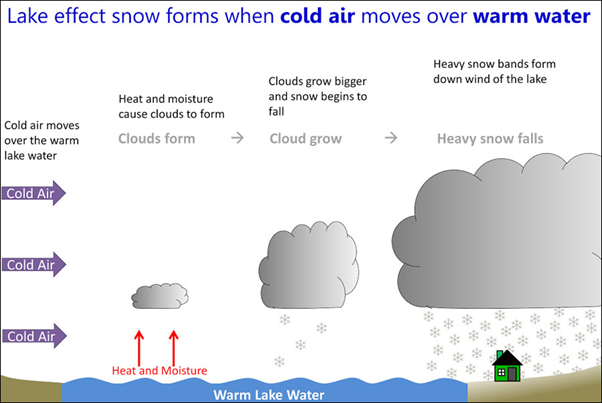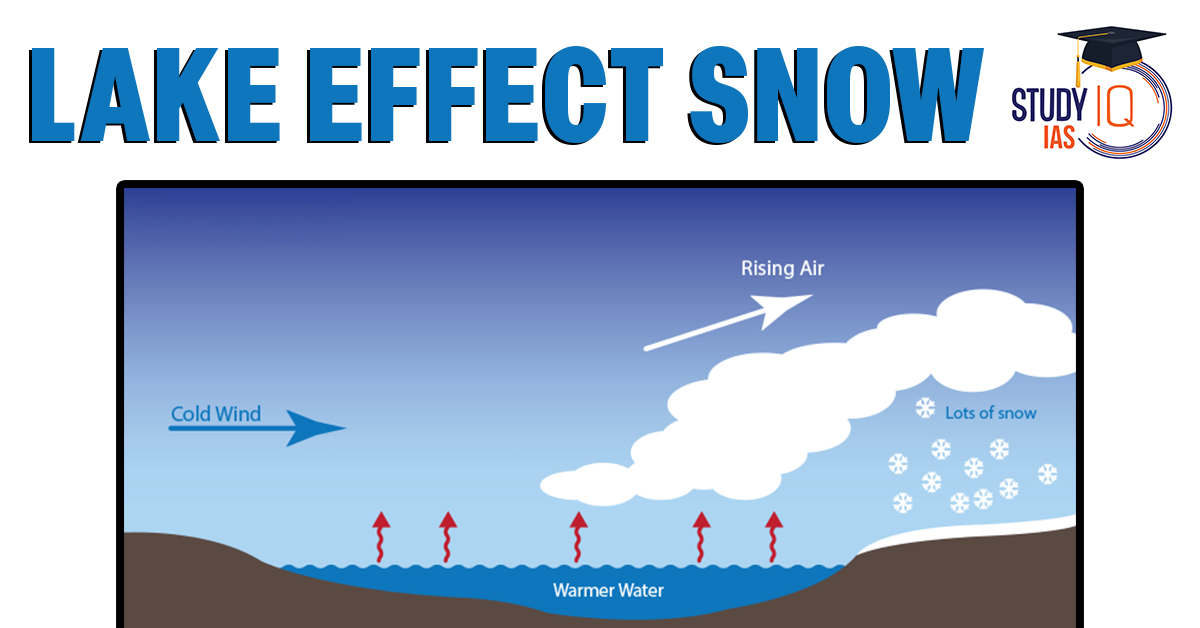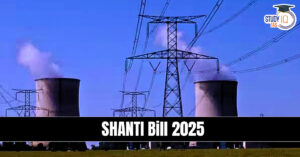Table of Contents
Lake Effect Snow is a unique and fascinating weather phenomenon that significantly impacts regions near large bodies of water, particularly around the Great Lakes in North America. Several states, including New York, Pennsylvania, Ohio, and Michigan, frequently experience this form of snow during the colder months. Understanding the science behind Lake Effect Snow and its effects on local weather patterns is crucial for residents, travelers, and those involved in weather-related industries. In this detailed article, we will explore the causes, mechanism, and impact of Lake Effect Snow.
What is Lake Effect Snow?
Lake Effect Snow refers to the heavy snowfall that occurs when cold air passes over a relatively warmer body of water, such as the Great Lakes. This localized weather phenomenon is particularly common during the winter months, with regions near the lakes experiencing intense and sometimes rapid snowfall. Unlike general snowstorms, which are more widespread, Lake Effect Snow tends to be highly localized, with heavy snow falling over small areas while nearby locations may experience little to no snowfall.
The Mechanism Behind Lake Effect Snow
Lake Effect Snow is driven by a combination of temperature differences, moisture in the air, and the specific geography of the Great Lakes. Here’s a step-by-step breakdown of the process:
- Cold Air Mass: The phenomenon begins when a mass of cold air, typically originating from Canada, moves southward toward the Great Lakes. The cold air is much colder than the surface of the water, creating a significant temperature contrast.
- Air Interaction with the Lake: As the cold air moves over the relatively warmer waters of the lakes, the lower layer of the air gets warmed by the heat from the lake. This warmer air becomes more buoyant and starts to rise, carrying moisture from the surface of the lake into the atmosphere.
- Moisture Condensation: As the warm, moist air rises, it encounters the colder air above. The rapid cooling causes the moisture to condense, forming clouds. These clouds then grow in intensity, forming a narrow band that can extend over several miles.
- Intense Snowfall: The narrow bands of clouds associated with Lake Effect Snow often produce very intense snowfall, with snowflakes falling at rates of 2-3 inches per hour or more. The heavy snow can accumulate quickly, leading to difficult driving conditions, poor visibility, and potential disruptions in daily life.

Regions Affected by Lake Effect Snow
While Lake Effect Snow can occur in various locations around the Great Lakes, certain states are more frequently impacted due to their proximity to these massive bodies of water. These states include:
- New York: Upstate New York, especially areas near Lake Ontario and Lake Erie, experiences some of the heaviest Lake Effect Snowfalls. Cities like Buffalo and Rochester are notorious for their winter storms, with snow accumulating in large amounts over short periods.
- Pennsylvania: In Pennsylvania, regions near Lake Erie experience significant snowfall due to the lake’s influence. Cities like Erie see the brunt of Lake Effect Snow, often leading to snowstorms that blanket the region.
- Ohio: Ohio’s northern regions, especially those near Lake Erie, are also susceptible to Lake Effect Snow. Cleveland, a major city on the lake’s shores, faces numerous snowstorms each winter, causing travel disruptions and sometimes accumulating several feet of snow in a single event.
- Michigan: Michigan’s Upper Peninsula and the northern part of the Lower Peninsula experience frequent Lake Effect Snowfalls, especially near Lake Michigan and Lake Superior. Cities like Traverse City and Marquette can see intense snowstorms that can impact daily life.
Impact of Lake Effect Snow on Local Communities
The effects of Lake Effect Snow can be dramatic, especially in areas that regularly experience this weather phenomenon. Here are some of the key impacts:
- Travel Disruptions: Intense snowfall can cause hazardous driving conditions, making it dangerous for commuters and travelers. Local roads, highways, and airports can experience delays, with snow plows working overtime to keep the streets clear.
- School and Business Closures: In regions where Lake Effect Snow is common, schools and businesses may close due to the dangerous conditions. Snow accumulation can block roads and prevent people from getting to work or school.
- Property Damage: The weight of heavy snow can cause damage to buildings, trees, and power lines. Roofs may collapse under the weight of the snow, and fallen branches or power lines can lead to extended power outages.
- Increased Snow Removal Costs: Local governments and municipalities must allocate significant resources to snow removal during the winter months. The frequent and heavy snowfalls require specialized equipment, and snow removal can be costly for taxpayers.
- Tourism and Recreation: On a positive note, the consistent snowfall in areas like Michigan and New York attracts winter sports enthusiasts. Skiing, snowboarding, and other winter activities can boost tourism in these regions, providing a source of income for local businesses.


 Future of Governance in Post-Maoist Indi...
Future of Governance in Post-Maoist Indi...
 Sabka Bima Sabki Raksha Amendment Bill 2...
Sabka Bima Sabki Raksha Amendment Bill 2...
 SHANTI Bill 2025: India Opens Nuclear Se...
SHANTI Bill 2025: India Opens Nuclear Se...

























